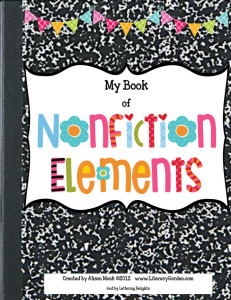 We often assume young readers know the differences between fiction and nonfiction and if they can comprehend one, they can automatically understand the other. However research has shown that proficient readers use different strategies for informational texts and that these strategies must be explicitly modeled and practiced.
We often assume young readers know the differences between fiction and nonfiction and if they can comprehend one, they can automatically understand the other. However research has shown that proficient readers use different strategies for informational texts and that these strategies must be explicitly modeled and practiced.
Nonfiction comes in a variety of formats including maps, signs, letters, recipes, advertisements, diagrams, instructions, textbooks, and certain websites. In addition, readers need to know how to use an index, glossary, and the importance of captions.
So, I created this resource to go along with my nonfiction elements lessons. Inside are 14 different text features commonly found in informational texts.
There is one page devoted to each feature. There is a description below, and a place to add an example. There are 3 ways your students could complete this. 1) is to look through magazines such as National Geographic for Kids or Weekly Readers for the feature, cut it out, and glue to the proper page. 2) is to draw their own example. 3) is to use the examples provided in this unit.
It is a great tool to help anchor each lesson as well as a handy reference guide.
The lessons correspond to Common Core Standards for RI.2.5, RI.2.7, RI.3.5, and RI.3.7.
If you think this would be helpful with your students too CLICK HERE.
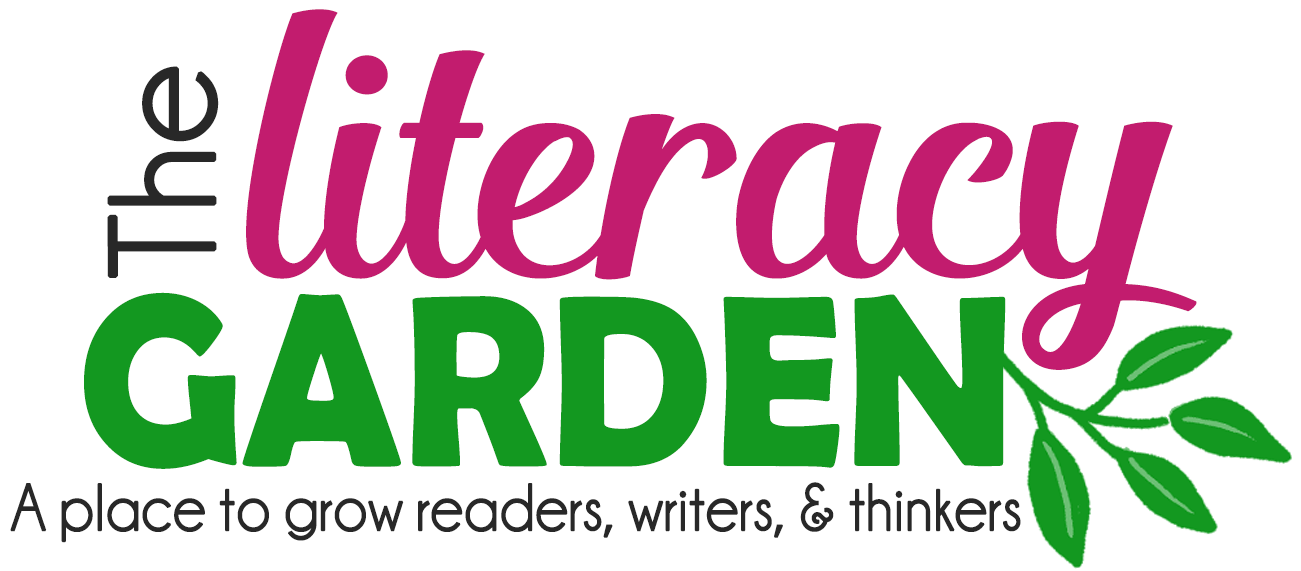
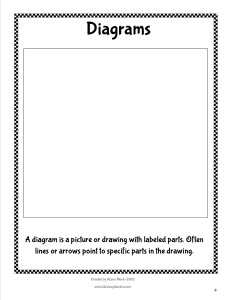
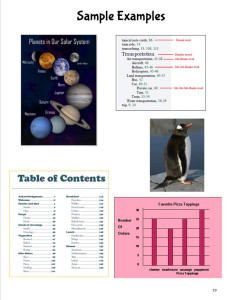


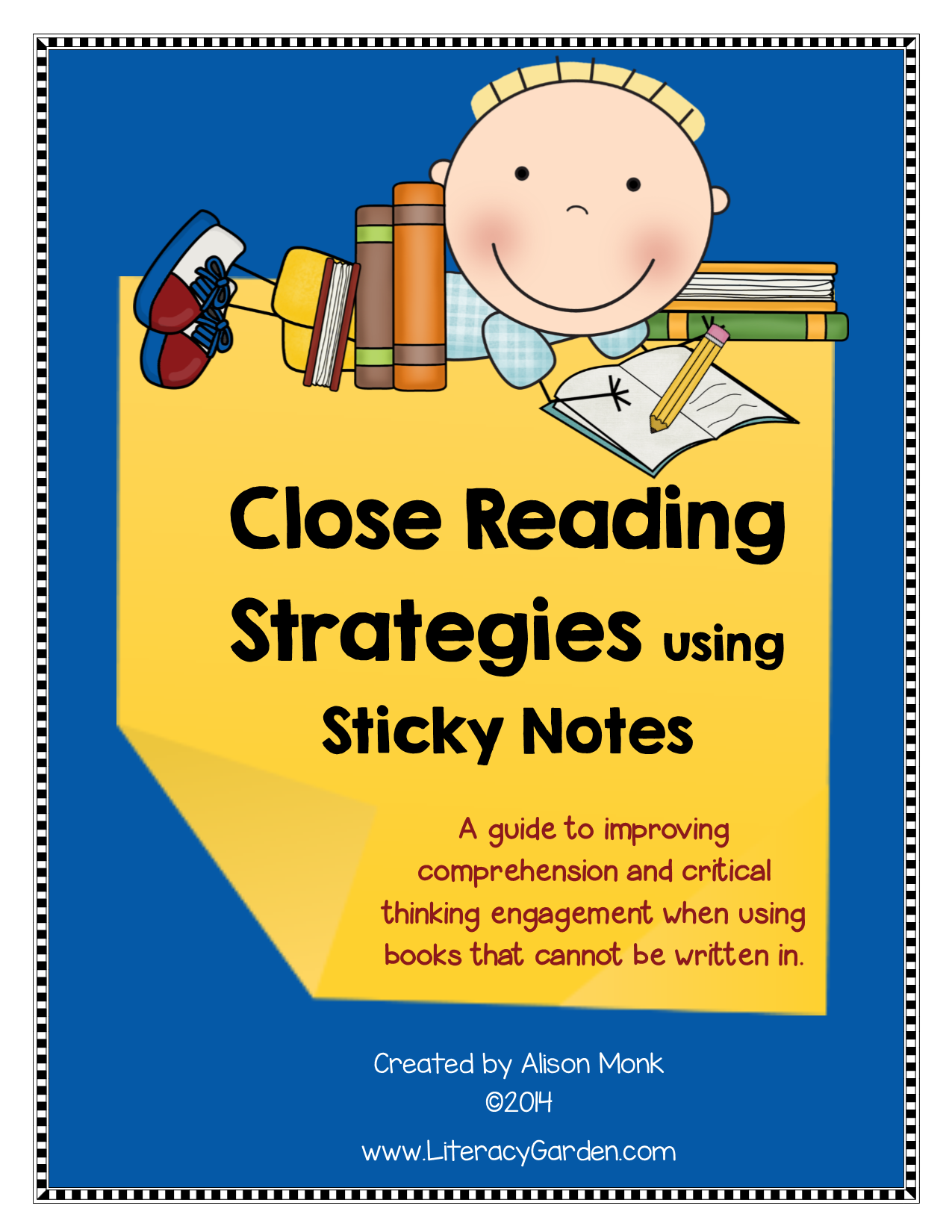



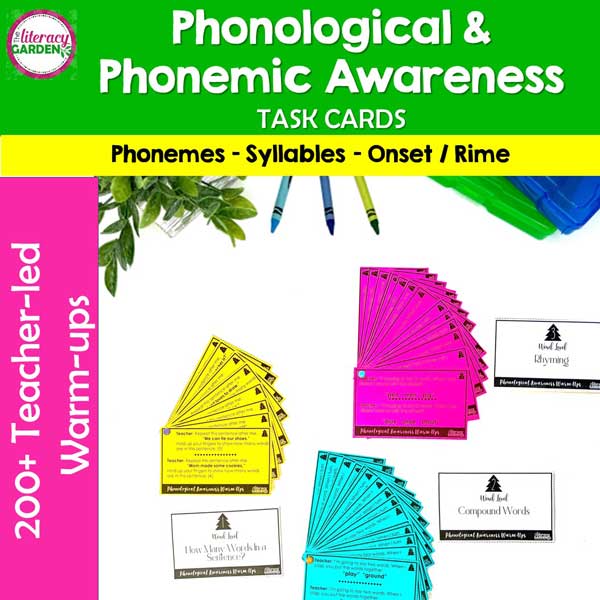
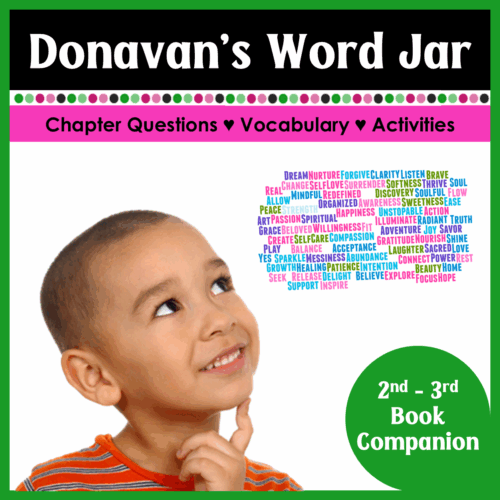

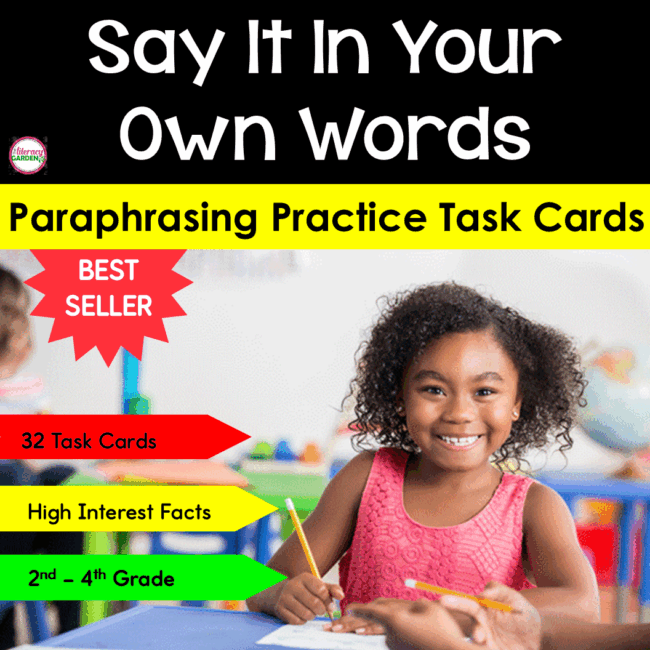
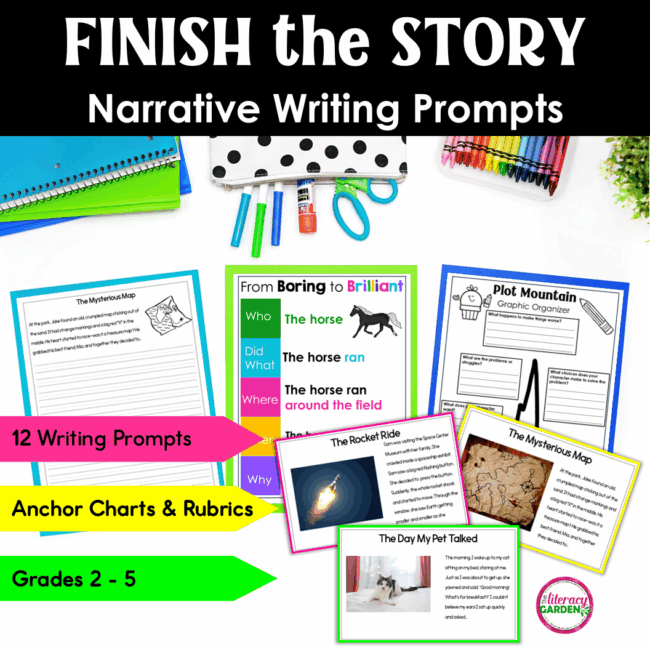
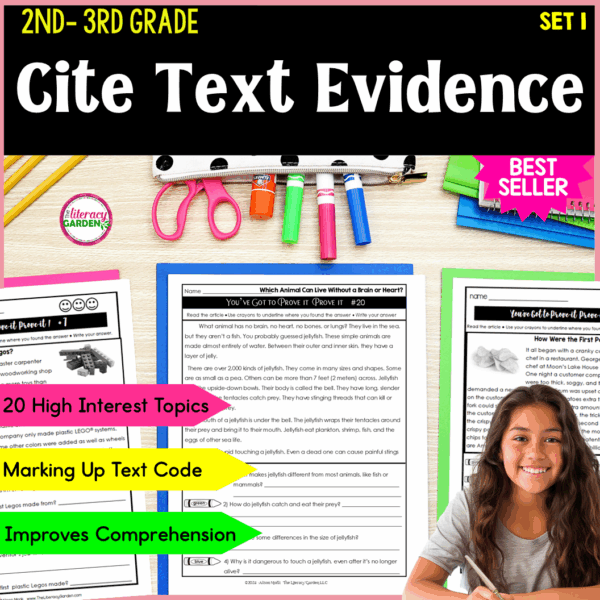
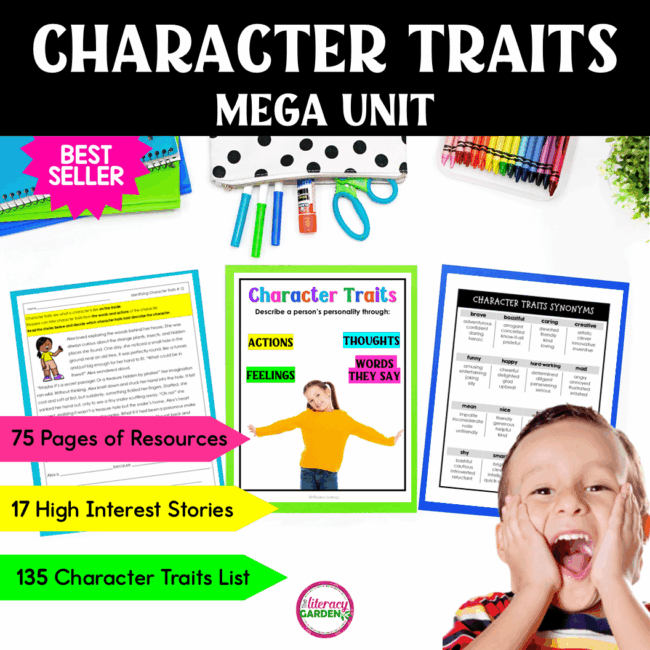

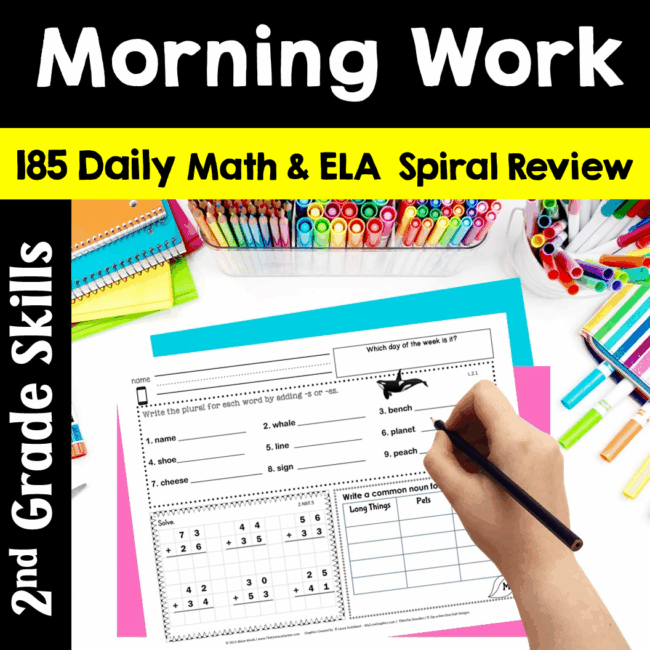

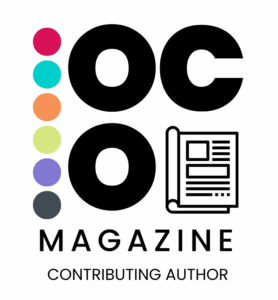
No Comments